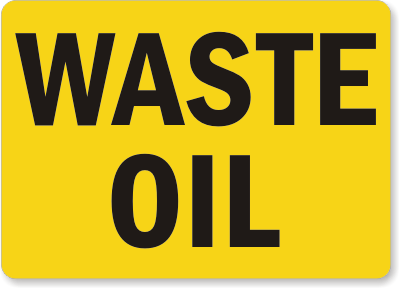Waste/used oil recycling
Date:2015-03-09 16:06:12 Pyrolysis machine FAQ /Give me the price / Leave a message- Skype: bonniezhao2
- Tel: 0086-371-5677 1821
- Whatsapp/Cel: +8613526692320
- Email: market@doinggroup.com
Main category of fuels that is becoming popular as a heat source for greenhouses is oil that is a byproduct of other processes. These include crankcase oil, transmission fluid, cutting oil, hydraulic fluid, antifreeze, cooking oil and certain solvents. They have the advantage of being inexpensive as compared to No. 2 fuel oil and are readily available in some areas. Burning is an approved method of getting rid of this material. Some growers set up collection routes that include garages and oil change service centers, vehicle dismantlers, machine shops and contractors that do heavy equipment repair. Other growers have developed a relationship with fast food restaurants and institutional kitchens that have considerable used cooking oil. Some growers just purchase waste oil that has been collected by a recycling firm.

Handling these oils can present some problems. You will need drums or tanks to collect the oil. In large quantities it has to be pumped. Once you have it at the greenhouses it will need to be filtered and stored. In most cases the tanks should be placed in a containment area as a precaution against a spill.
The oils can contain many impurities including metal chips and filings, lead from bearings, sludge, gasoline, potato chips and water. Usually a 40 or 50 mesh strainer will remove most of the solids. The material may be considered a hazardous waste and have to be disposed of according to Environmental Protection Agency regulations. This can be expensive if it has to be burned at an incinerator designed to handle hazardous waste.
Burning the oil will require a furnace or boiler designed to handle it. Several companies have developed burners that use compressed air to get the atomization of the fuel. Some also use a preheater as some fuels have a higher viscosity than fuel oil. Burner size is limited by EPA to no more than 500,000 Btu/hr input. Some growers have installed multiple units to get a higher heat output. All of these heaters will burn No. 2 fuel oil or kerosene if you run out of waste oil.
To avoid any sludge pickup, the intake pipe and strainer to the burner should be set 3 to 6 inches above the bottom of the supply tank. An oil filter should be installed just before the burner.
A two to four cubic feet per minute compressed air supply at 15 to 40 psi is usually required depending on the output of the burner. This can be from an integral compressor or from a separate air supply.
